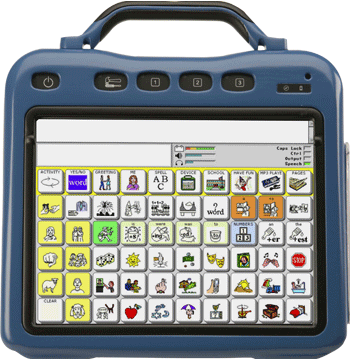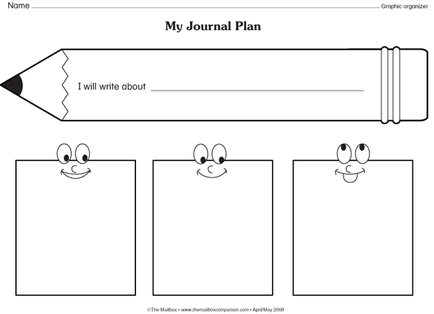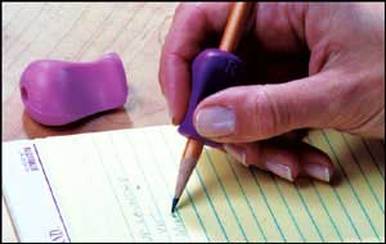Using Assistive Technology to Write! |
Assistive technology can be extremely useful in writing with students of all ages. Teachers should use resources to help their students succeed in their writing.
There are many forms of assistive technology that can be used to help students write. When choosing assistive technology, teachers should pay attention to:
http://www.cited.org/index.aspx?page_id=108 |
Word Processing & Multimedia ToolsStudents can use these tools to aid in writing style, spelling, and organization:
Abbreviation expanders Alternative keyboards Optical character recognition Personal FM listening systems Portable word processors Proofreading programs Speech-recognition programs Speech synthesizers/screen readers Talking spell checkers and electronic dictionaries Variable-speed tape recorders Word-prediction programs http://www.ldonline.org/article/33074/ |
Tools to OrganizeThese types of tools can help students formulate and organize ideas.
This is a video of an example of digital maps and organizers that can be utilized in classrooms to help students produce writing: |
Assistive Technology for Handwriting
Some students struggle with handwriting because of a variety of reasons. Dyslexia, dysgraphia, or some type of motor limitations can make handwriting incredibly difficult. There are many different tools and devices that can be utilized to help these students write successfully, without straining their bodies and minds.
Some tools include:
Learning the Keyboard
Portable Keyboards
Note Taking Software
Speech-to-Text Dictation Programs
Proofing Written Work
Stepping Forward with Technology
http://www.bendlanguageandlearning.com/Assistive%20Technology%20for%20Writing.pdf
Assistive Technology for Handwriting
Some students struggle with handwriting because of a variety of reasons. Dyslexia, dysgraphia, or some type of motor limitations can make handwriting incredibly difficult. There are many different tools and devices that can be utilized to help these students write successfully, without straining their bodies and minds.
Some tools include:
Learning the Keyboard
Portable Keyboards
Note Taking Software
Speech-to-Text Dictation Programs
Proofing Written Work
Stepping Forward with Technology
http://www.bendlanguageandlearning.com/Assistive%20Technology%20for%20Writing.pdf



